
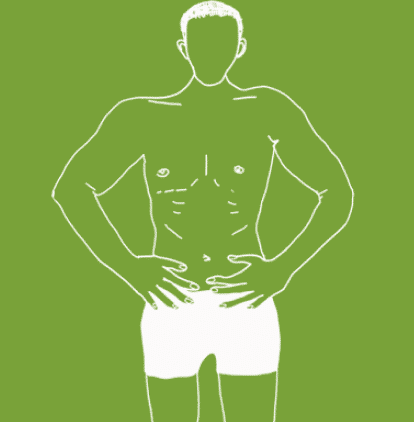
Men suffering from pelvic floor dysfunction often report:
- Pain that feels like burning or soreness in the penis, testicular area, perineum, or anus
- Aggravation of symptoms due to long periods of sitting or wearing certain types of clothing
- Difficulty with urination, including frequent urges or reduced flow
- Pain during or after sexual activity, particularly around ejaculation
- Issues related to sexual performance, such as reduced erection strength
- Digestive discomfort like bloating or irregular bowel movements that coincide with pelvic pain
- Episodes of pain that arise without warning or after specific events
- A fluctuating symptom pattern, where discomfort can spike or ease over time
Pelvic floor physical and occupational therapy offers a non-invasive, specialized option for men in Encino seeking to regain control and comfort in daily life.
Men suffering from pelvic floor dysfunction often report:
- Pain that feels like burning or soreness in the penis, testicular area, perineum, or anus
- Aggravation of symptoms due to long periods of sitting or wearing certain types of clothing
- Difficulty with urination, including frequent urges or reduced flow
- Pain during or after sexual activity, particularly around ejaculation
- Issues related to sexual performance, such as reduced erection strength
- Digestive discomfort like bloating or irregular bowel movements that coincide with pelvic pain
- Episodes of pain that arise without warning or after specific events
- A fluctuating symptom pattern, where discomfort can spike or ease over time
Pelvic floor physical and occupational therapy offers a non-invasive, specialized option for men in Encino seeking to regain control and comfort in daily life.

Associated Diagnoses
Chronic Pelvic Pain Syndrome/Male Pelvic Pain, Chronic Nonbacterial Prostatitis, Pudendal Neuralgia, Hard Flaccid Syndrome and Interstitial Cystitis/Painful Bladder Syndrome are all pain syndromes that cause pelvic pain due to pelvic floor dysfunction.
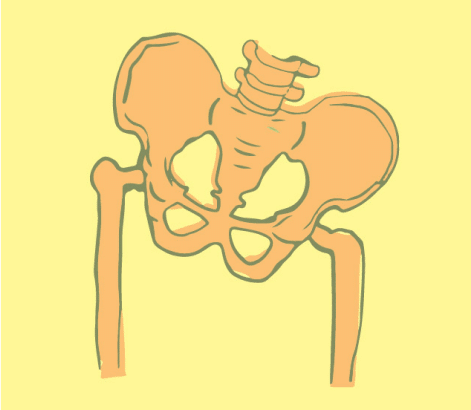
Associated Diagnoses
Chronic Pelvic Pain Syndrome/Male Pelvic Pain, Chronic Nonbacterial Prostatitis, Pudendal Neuralgia, Hard Flaccid Syndrome and Interstitial Cystitis/Painful Bladder Syndrome are all pain syndromes that cause pelvic pain due to pelvic floor dysfunction.

- Surgical trauma (vasectomy, benign prostatic hyperplasia (BPH) interventions, prostatectomy)
- Orthopedic injuries or other traumas (spine, hip, knee, and/or ankle injuries/pathology, accidents)
- Biomechanical or structural dysfunction (hip dysfunction, piriformis syndrome, scoliosis, leg length discrepancy)
- Excessive exercise or changes to exercise routine
- Excessive sitting
- Chronic constipation and straining
- Jelqing and/or attempts at gential enhancement or foreskin regeneration
- In rare cases, bladder, prostate, or sexually transmitted infections after successful resolution of infection
- The majority of men with pelvic pain, with or without urinary or bowel complaints, have pelvic floor dysfunction

Causes of Pelvic Pain
- Surgical trauma (vasectomy, benign prostatic hyperplasia (BPH) interventions, prostatectomy)
- Orthopedic injuries or other traumas (spine, hip, knee, and/or ankle injuries/pathology, accidents)
- Biomechanical or structural dysfunction (hip dysfunction, piriformis syndrome, scoliosis, leg length discrepancy)
- Excessive exercise or changes to exercise routine
- Excessive sitting
- Chronic constipation and straining
- Jelqing and/or attempts at gential enhancement or foreskin regeneration
- In rare cases, bladder, prostate, or sexually transmitted infections after successful resolution of infection
- The majority of men with pelvic pain, with or without urinary or bowel complaints, have pelvic floor dysfunction
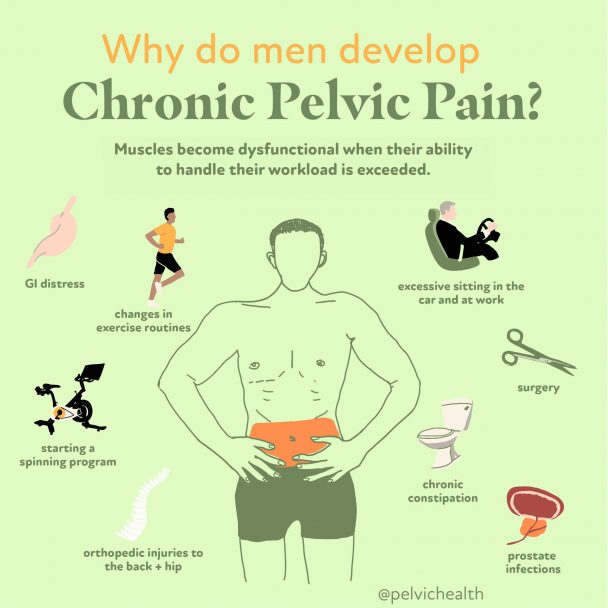
Diagnostic Challenges
Men who live with persistent pelvic pain frequently struggle to get an accurate diagnosis. It’s not unusual for the diagnostic process to drag on for years—sometimes taking up to seven before reaching the right conclusion. One major reason for the delay is the way male pelvic pain mimics more commonly diagnosed conditions like prostatitis or urinary tract infections. This often leads to premature prescriptions for antibiotics rather than in-depth assessments. But when infection isn’t the issue, the true cause—pelvic floor dysfunction—goes unnoticed. Additionally, a shortage of pelvic health therapists trained specifically to work with men makes it even harder to get appropriate treatment. At PHRC, we’ve created a space where male pelvic health is prioritized, allowing us to offer informed and effective care to a predominantly male patient base.
When pelvic pain persists, many men are met with a frustrating cycle of misdiagnosis and ineffective treatment. Physicians often prescribe antibiotics assuming infection, but data indicates that in over 90% of these cases, no such infection exists. The real problem is often Chronic Pelvic Pain Syndrome (CPPS), notably types IIIa and IIIb as defined by the NIH. These conditions are not caused by bacteria, but rather by dysfunctional muscles or irritated nerves in the pelvic floor, which require different approaches than antibiotics.
The NIH classifies prostatitis as follows:
Category I: Acute bacterial prostatitis—manifests with severe pelvic discomfort, fever, and confirmed infection in the urinary system.
Category II: Chronic bacterial prostatitis—frequent UTIs and lingering bacteria in the prostate define this category.
Category IIIa: Inflammatory CPPS—features chronic pain and evidence of inflammation, such as white blood cells, in test results.
Category IIIb: Non-inflammatory CPPS—pain is still present, but lab findings show no signs of inflammation.
Category IV: Asymptomatic inflammatory prostatitis—patients report no pain, yet testing reveals inflammation during unrelated examinations.
Diagnostic Challenges
Men who live with persistent pelvic pain frequently struggle to get an accurate diagnosis. It’s not unusual for the diagnostic process to drag on for years—sometimes taking up to seven before reaching the right conclusion. One major reason for the delay is the way male pelvic pain mimics more commonly diagnosed conditions like prostatitis or urinary tract infections. This often leads to premature prescriptions for antibiotics rather than in-depth assessments. But when infection isn’t the issue, the true cause—pelvic floor dysfunction—goes unnoticed. Additionally, a shortage of pelvic health therapists trained specifically to work with men makes it even harder to get appropriate treatment. At PHRC, we’ve created a space where male pelvic health is prioritized, allowing us to offer informed and effective care to a predominantly male patient base.
When pelvic pain persists, many men are met with a frustrating cycle of misdiagnosis and ineffective treatment. Physicians often prescribe antibiotics assuming infection, but data indicates that in over 90% of these cases, no such infection exists. The real problem is often Chronic Pelvic Pain Syndrome (CPPS), notably types IIIa and IIIb as defined by the NIH. These conditions are not caused by bacteria, but rather by dysfunctional muscles or irritated nerves in the pelvic floor, which require different approaches than antibiotics.
The NIH classifies prostatitis as follows:
Category I: Acute bacterial prostatitis—manifests with severe pelvic discomfort, fever, and confirmed infection in the urinary system.
Category II: Chronic bacterial prostatitis—frequent UTIs and lingering bacteria in the prostate define this category.
Category IIIa: Inflammatory CPPS—features chronic pain and evidence of inflammation, such as white blood cells, in test results.
Category IIIb: Non-inflammatory CPPS—pain is still present, but lab findings show no signs of inflammation.
Category IV: Asymptomatic inflammatory prostatitis—patients report no pain, yet testing reveals inflammation during unrelated examinations.
Treatment:
How We Can Help You
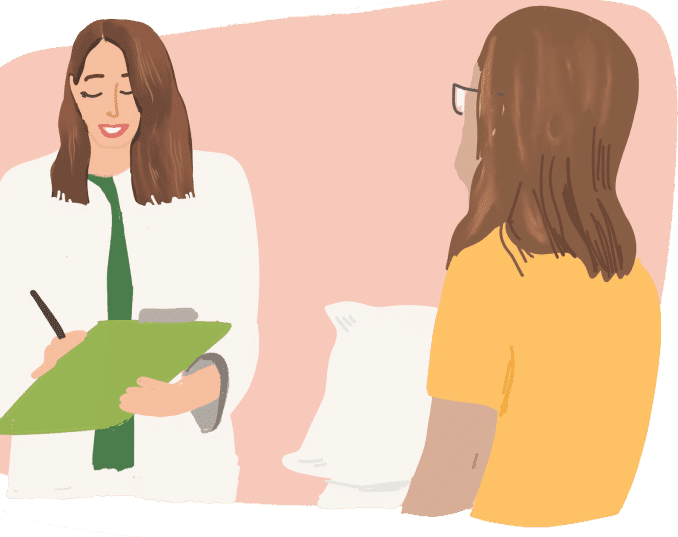
If you’re a man in Encino experiencing long-standing pelvic pain, seeking an evaluation with a pelvic floor physical and occupational therapists can be a turning point. The first visit is comprehensive and aims to identify the true cause of your discomfort. Your therapist will carefully review your full health history—what symptoms you’ve had, how long they’ve persisted, what diagnoses you’ve received, and how you’ve responded to different treatments. It’s common for our patients to come in after trying many options without lasting relief, and we take that frustration seriously.
The assessment involves hands-on evaluation of your pelvic floor musculature, checking for tension, weakness, or coordination issues. Additional testing may assess joint alignment, nerve irritation, and overall mobility patterns. After the session, your provider will explain their findings and propose a treatment approach personalized for your needs. Most individuals attend therapy once or twice weekly over a 12-week span and follow a guided home exercise plan. Your therapist will also liaise with any other clinicians managing your care. In Encino, we are committed to delivering the focused, knowledgeable treatment you need to finally move forward.
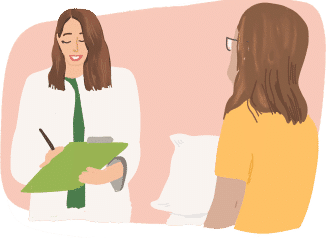
Treatment:
How We Can Help You
If you’re a man in Encino experiencing long-standing pelvic pain, seeking an evaluation with a pelvic floor physical and occupational therapists can be a turning point. The first visit is comprehensive and aims to identify the true cause of your discomfort. Your therapist will carefully review your full health history—what symptoms you’ve had, how long they’ve persisted, what diagnoses you’ve received, and how you’ve responded to different treatments. It’s common for our patients to come in after trying many options without lasting relief, and we take that frustration seriously.
The assessment involves hands-on evaluation of your pelvic floor musculature, checking for tension, weakness, or coordination issues. Additional testing may assess joint alignment, nerve irritation, and overall mobility patterns. After the session, your provider will explain their findings and propose a treatment approach personalized for your needs. Most individuals attend therapy once or twice weekly over a 12-week span and follow a guided home exercise plan. Your therapist will also liaise with any other clinicians managing your care. In Encino, we are committed to delivering the focused, knowledgeable treatment you need to finally move forward.
How Can We Help You?
We invite you to use the form below to send us your questions or feedback. Don’t forget to include your email address so we can reply in a timely manner. Your personal information is completely secure with us and will only be used to respond to your message—never for any unrelated purpose.

Join The Newsletter. Win a copy of our book, “Pelvic Pain Explained!”
We love getting to know our website visitors. Please tell us a little bit about yourself and get the latest info via PHRC e-newsletter!
*Subscribers automatically eligible to win our book, “Pelvic Pain Explained.”
Through Pelvic Pain Explained, readers gain a detailed understanding of what it means to live with persistent pelvic discomfort. It charts the often discouraging quest for a diagnosis, the obstacles in accessing effective treatment, and the confusion surrounding medical advice. More than a clinical overview, the book also explores the emotional strain and social challenges that frequently go unseen but deeply affect quality of life.


